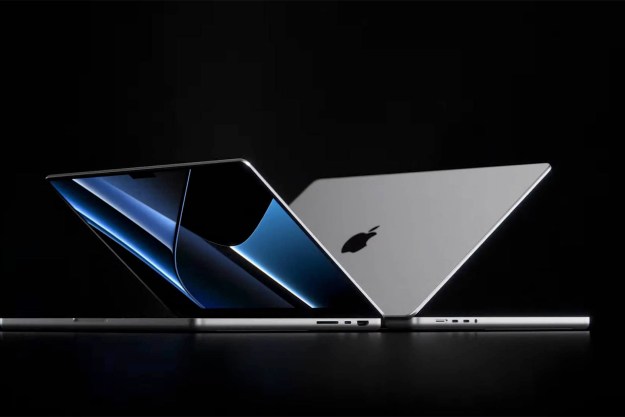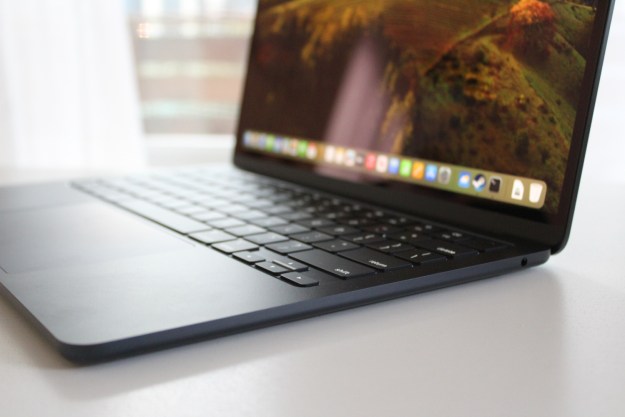
One way for Apple to solve the MacBook Pro’s highly publicized keyboard problems and issues with sticky keys is to ditch the physical keyboard altogether. In a concept of what a future MacBook Pro could look like if Apple removed the keyboard, Turkish designer Furkan Kasap envisions that the space will be occupied by a large screen. Essentially, Kasap envisions that Apple would retain the Touch Bar and replace the keyboard and trackpad portion with a larger display just below the Touch Bar. Essentially, this concept would compete against the crop of emerging dual-screen notebooks that use Microsoft’s Windows 10 platform.
Rather than having a trackpad, Kasap moves the keyboard to the bottom edge of the laptop, freeing up space in the area between the keyboard and the Touch Bar. This area contains a dynamic area of tiled windows that could be used for switching between apps or other programmable keys, The Next Web noted. Without a physical keyboard, Apple could dynamically rearrange the keys on this on-screen keyboard. In a short video detailing the new keyboard-less design, Kasap initially shows a keyboard arrangement with a number pad on the right. However, when you need to use a mouse, the number pad disappears, making way for a virtual trackpad.
While this design is functional — the keyboard layout and design can automatically change depending on the application or what the user needs — there are still some downsides going with a keyboard-less design. Typing on a glass surface may not be as comfortable as using physical keys. Typing a long email could lead to faster finger fatigue on a touchscreen keyboard, but Apple could simulate physical key presses by applying its 3D Touch technology from today’s Apple Watch and iPhone models to its new keyboard.
Removing the physical keyboard could also lead to an even slimmer MacBook Pro. Apple could either remove the space required for the butterfly key switches on the keyboard and slim down the laptop, or it could potentially keep the laptop at the same thickness and add in a beefier battery for even longer battery life. Kasap’s concept is one of the best examples of how laptop manufacturers can adopt a large second display on a notebook and maintain an elegant user experience. Are you ready to give up your physical keyboard for this futuristic MacBook?
Editors' Recommendations
- Why Samsung’s answer to the MacBook Pro can’t quite compete
- MacBook Pro OLED: Here’s everything we know so far
- The new iPad Pro would be perfect, if only it were a Mac
- The XPS 16 is fighting an uphill battle against the MacBook Pro
- These 6 tweaks take MacBooks from great to nearly perfect

